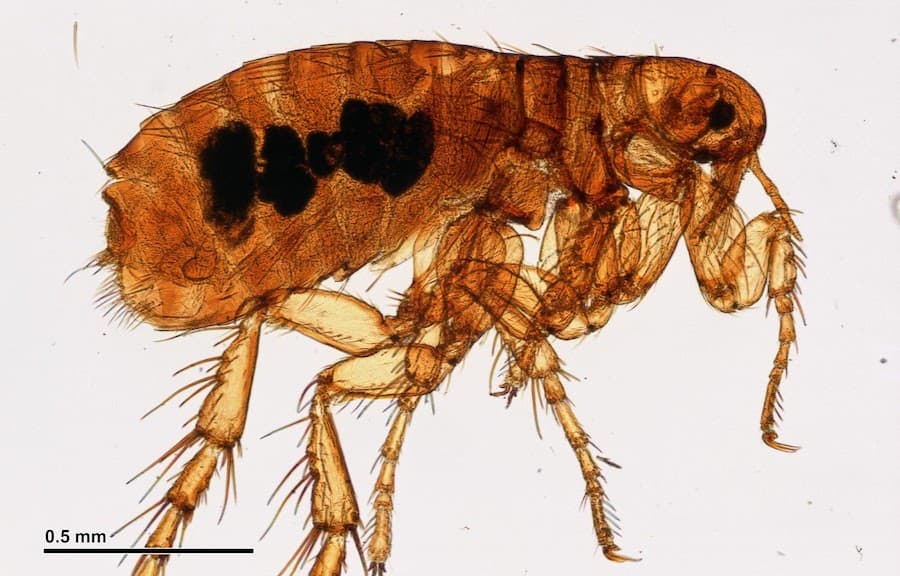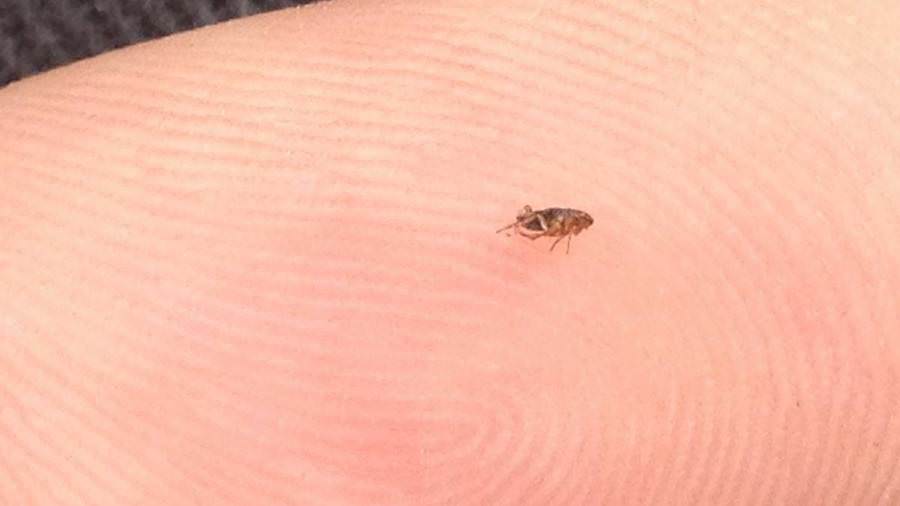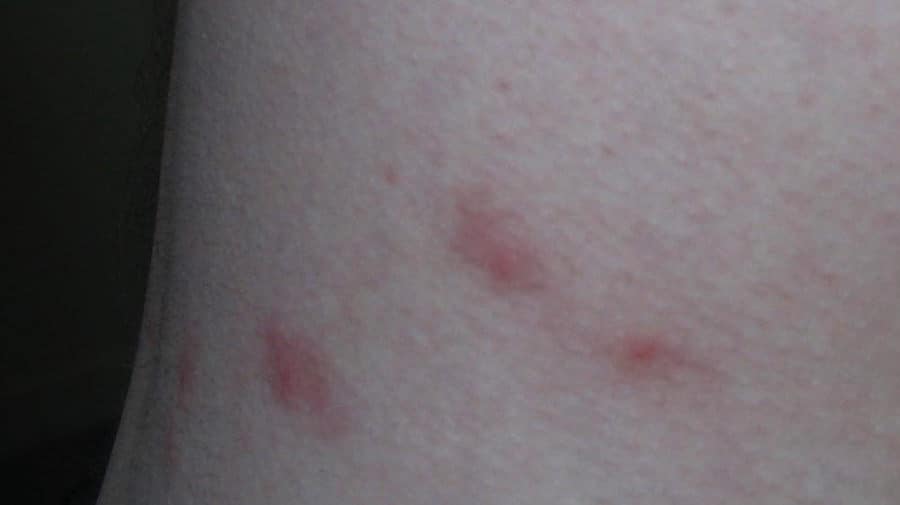What Do Fleas Eat?
Fleas are one of the world’s most irritating pests. Not only are their bites irritating to humans and animals alike, they also carry diseases. In this article, you will learn about the eating habits of fleas at all stages of development.
When it comes to resilient parasites like fleas, it is always better to have the advantage of knowing your enemy. You will discover how often fleas have to eat, and how long they can survive without a food source. If you are affected with a flea infestation, knowledge about what these critters need to survive can help.
What Do Fleas Normally Eat?
Fleas are from the biological order, Siphonaptera. This name translates from Greek as “wingless siphon.” It is a fitting moniker, considering that fleas do not have wings and are uniquely adapted to pierce skin and suck (or siphon) blood.
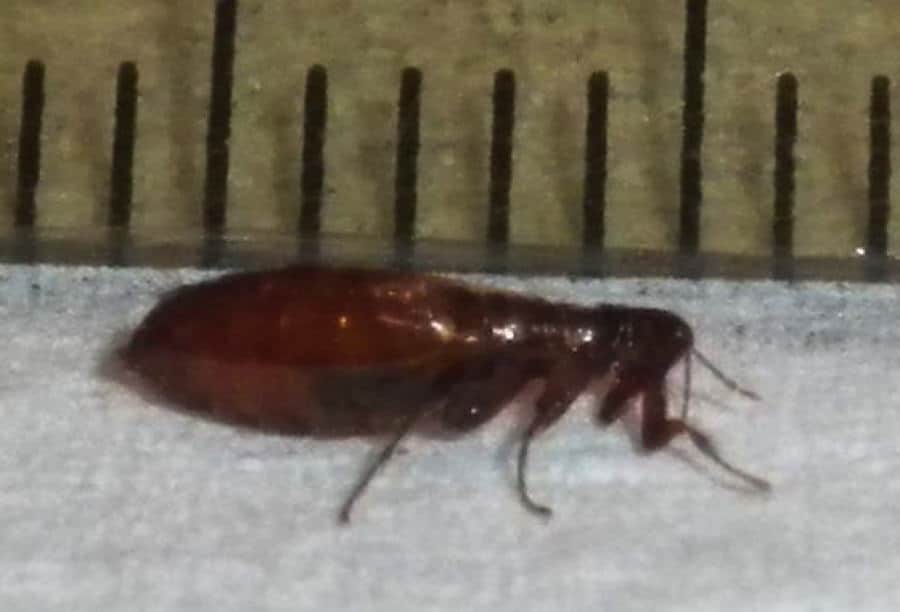
Although there are numerous different species of fleas, they all share one aspect in common. The adults are all bloodsuckers. Fleas feed off warm-blooded hosts, such as mammals and birds. The vast majority of flea species target mammalian hosts, with less than 10 percent living off birds.
Fleas are built to be resilient, successful parasites. These creatures possess flat bodies and are covered in fine hairs to enable them to stick to the fur or feathers of the host. The mouth of a flea consists of several parts that come together to allow it to feed.
The laciniae on a flea’s mouth help to slice through the host’s skin. The epipharynx is a needle-like organ surrounded by sharp laciniae. All together, these parts are known as the stylet. The epipharynx then enters the skin of the host and serves as a feeding tube for the flea.
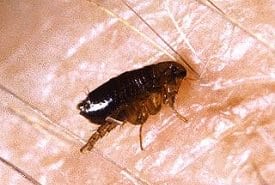
To suck blood out of the host animal, fleas possess special pumps inside their mouths and guts. These pumps work as suction devices, enabling blood to be sucked into the epipharynx, out of the host and into the flea.
A flea will pass through four stages of development from birth to death. These stages are egg, larvae, pupae, and adult. Although female fleas tend to lay eggs on the host animal, the eggs do not hatch there. The non-adhesive eggs slide off and hatch in the environment.
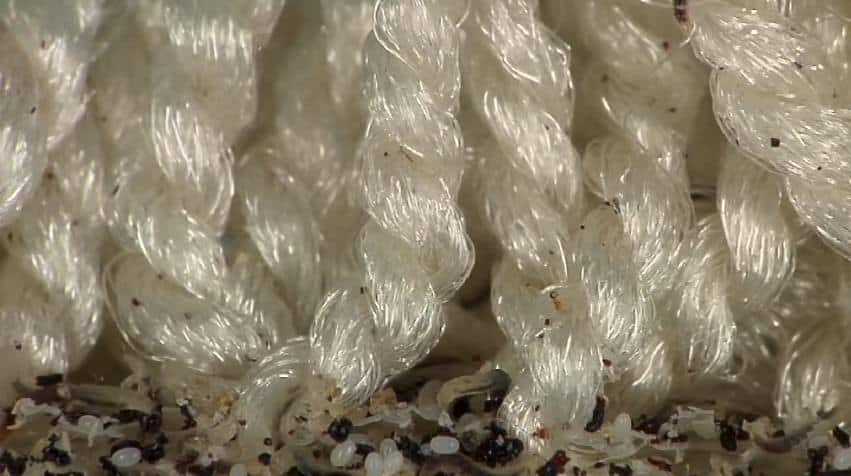
Fleas do not begin their lives as bloodsuckers. The larvae eat organic waste, such as skin cells shed from the host, and the feces of adult fleas. Larvae go through several molts (up to three), growing larger each time. Eventually, the larvae will form a cocoon from which an adult flea will emerge.
Can Fleas Live on Any Blood?
There are approximately 2,000 known species and subspecies of flea. Species tend to be named according to their preferred host. For example, ctenocephalides felis is commonly referred to as the cat flea. Similarly, ctenocephalides canis is the dog flea.
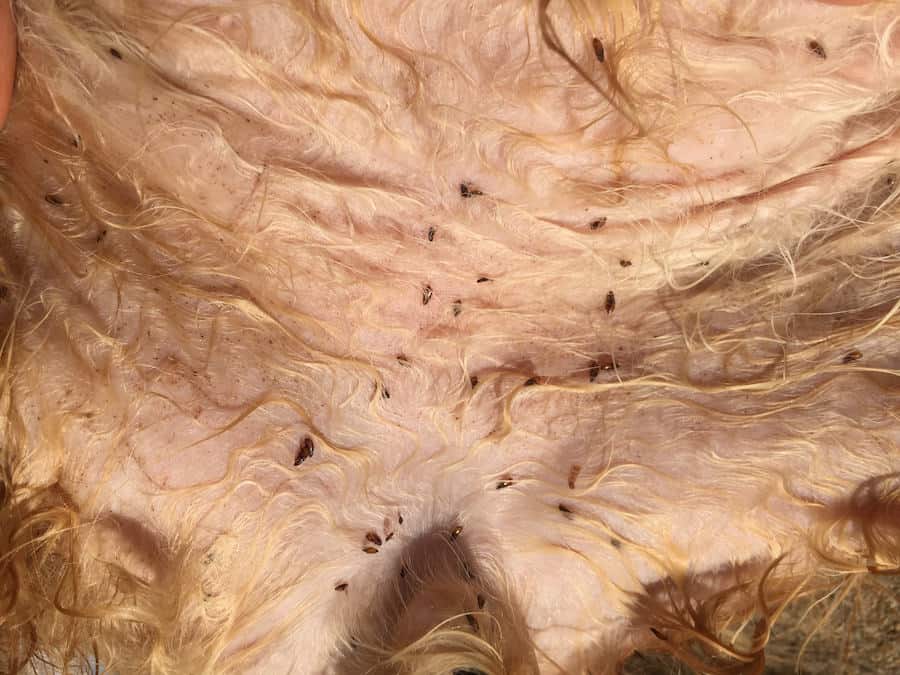
Both the cat and dog flea species are capable of feeding off humans and livestock, as well as domestic animals. Certain species, such as the rabbit flea, will only go for rabbits as hosts.
However, host-specific fleas are more the exception than the rule. Most fleas are survivors, meaning that, even if deprived of their favorite food source, they can and will substitute with another. For example, fleas that feed off rodents can attack humans if no rodent hosts are available.
The ability of fleas to live off the blood of multiple hosts was responsible for the rapid spread of the bubonic plague in Europe during the Middle Ages.
Fleas feeding on rats, infected with the plague, would survive off their infected blood. As the rats began to die off, these fleas–now carrying the plague–would go on to attack humans.
Aside from plague, fleas can also transmit viruses, worms and other diseases to their hosts. Combined with the fact that they are indiscriminate feeders, fleas are potentially dangerous carriers of disease.
How Often Do Fleas Feed?
Female fleas require blood meals to lay eggs and complete the life cycle. This means that food is essential for flea reproduction. Without a host to feed off, a female flea cannot reproduce. After eating, a female can lay up to 20 eggs at once.
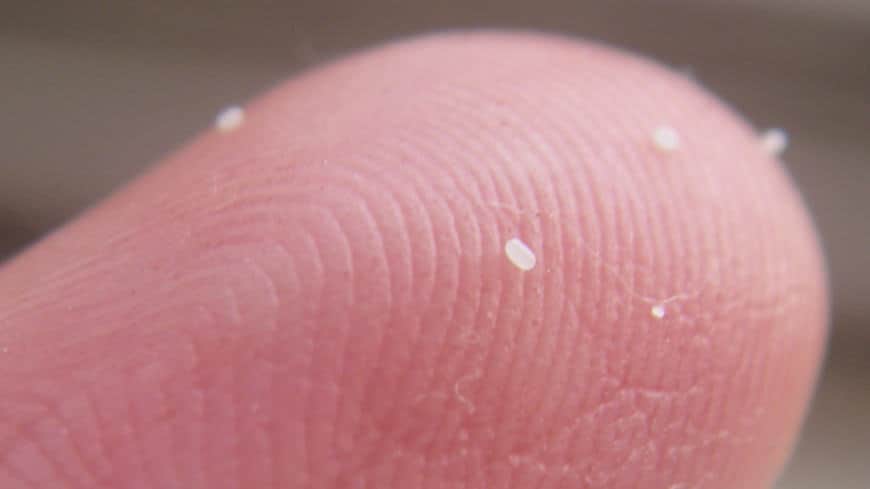
A female flea can lay up to 500 eggs from adulthood until death, as long as she has sufficient food. The average female cat flea will consume approximately 15 times her own weight in blood every day, as long as she has access to a host.
If you have a flea infestation, keep in mind this astoundingly high reproduction rate. Remember that these eggs do not stick to the host (e.g. your pet), and can be found anywhere the animal frequents. In the majority of flea populations, roughly half of the population consists of eggs.
Flea larvae need a near-constant supply of organic debris in their environment in order to develop. A scarcity of food can hinder the development process, delaying the larvae progression to the cocoon stage.
How Long Can Fleas Live Without Feeding?
Under optimal conditions, a flea may be able to survive for over a year. Fortunately, there are many factors that contribute to a flea’s lifespan. Humidity, temperature, and availability of food all play a role.
How long a flea is able to survive without food depends on what stage of development it is at. Flea eggs and pupae do not require external food sources. As flea larvae can survive off most organic refuse, it can be difficult to deprive them of food. A thorough cleaning of the environment combined with an insecticide is the best method to kill flea larvae.
Adult fleas that are freshly emerged from their cocoons need to find a host almost immediately. If they do not eat within a few days of cocoon emergence, the new adult flea will die.
Summary
Fleas are both resilient and opportunistic parasites when it comes to their eating habits. If you are dealing with a flea infestation, you need to vanquish fleas at all stages of development. Vacuum to get rid of eggs and pupae, and use insecticides capable of killing both adults and larvae.

